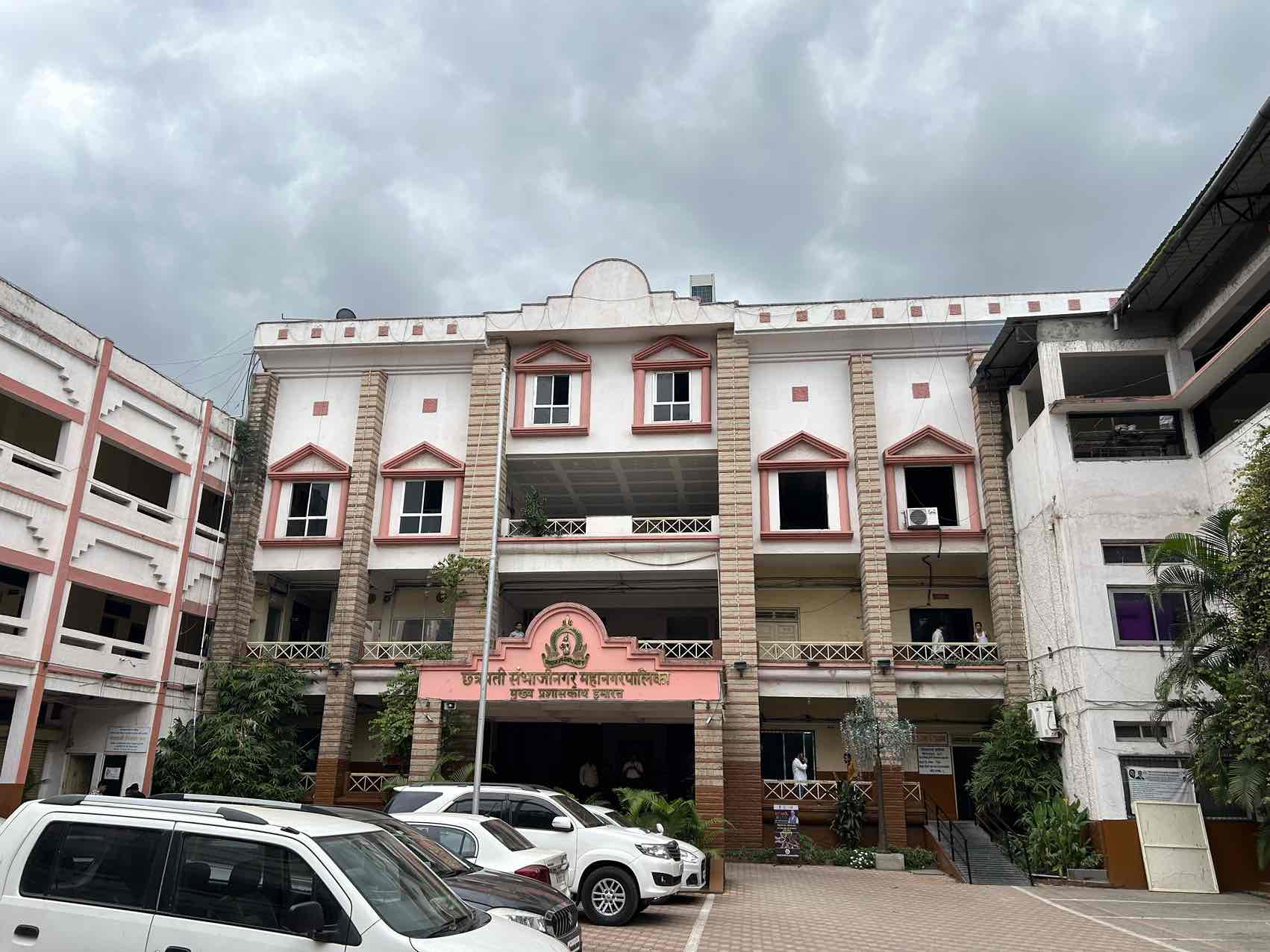
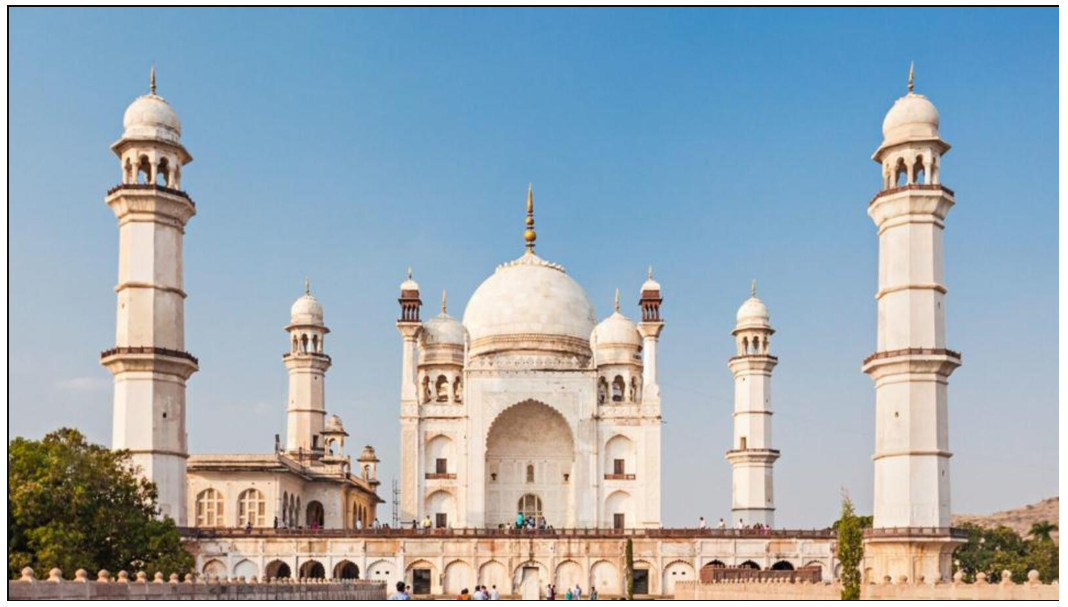
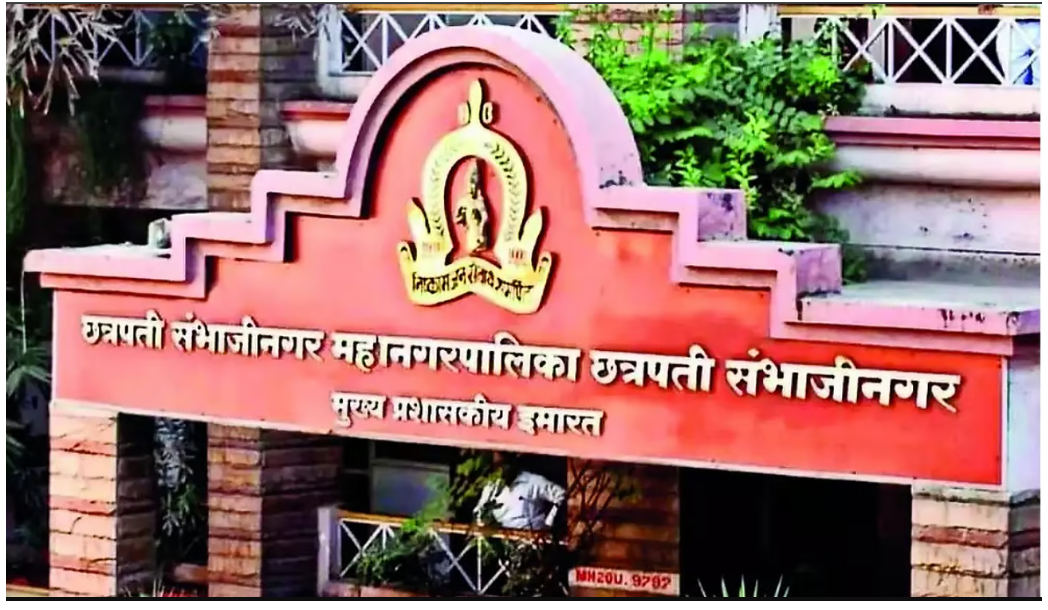
Chhatrapati Sambhajinagar Municipal Corporation (CSMC) is the governing body responsible for the administration and development of Chhatrapati Sambhajinagar, a historic and culturally rich city located in the Indian state of Maharashtra. Named in the honor of Chhatrapati Sambhaji Maharaj, the city is known for its unique confluence of heritage, education, industry & modernity.
CSMC (erstwhile Aurangabad Municipal Corporation) was established as a Municipal Council in 1936 and later upgraded to a Municipal Corporation in 1982.
The municipal corporation consists of democratically elected members and is headed by a Mayor. The city is divided into ten zones consisting a total of 120 administrative blocks. There are two Committees, the General Body headed by the Mayor and the Standing Committee headed by the Chairman. CSMC is responsible for providing basic amenities like water, drainage facility, roads, streetlights, health care facilities, primary schools, etc. CSMC collects its revenue from the urban taxes such as property tax and water charges.
The administration is headed by the Municipal Commissioner, an IAS Officer, assisted by the other officers of different departments. CSMC is governed by an Administrator since 2021.
Since 2015 and especially after being selected as one of the cities under the Smart Cities Mission in 2018, CSMC has adopted modern technology and tools for eGovernance, and has focused on comprehensive urban development, including health, education, housing, and environmental sustainability, in keeping with the Vision and Mission.
CSMC operates through various departments, each responsible for specific aspects of urban management.
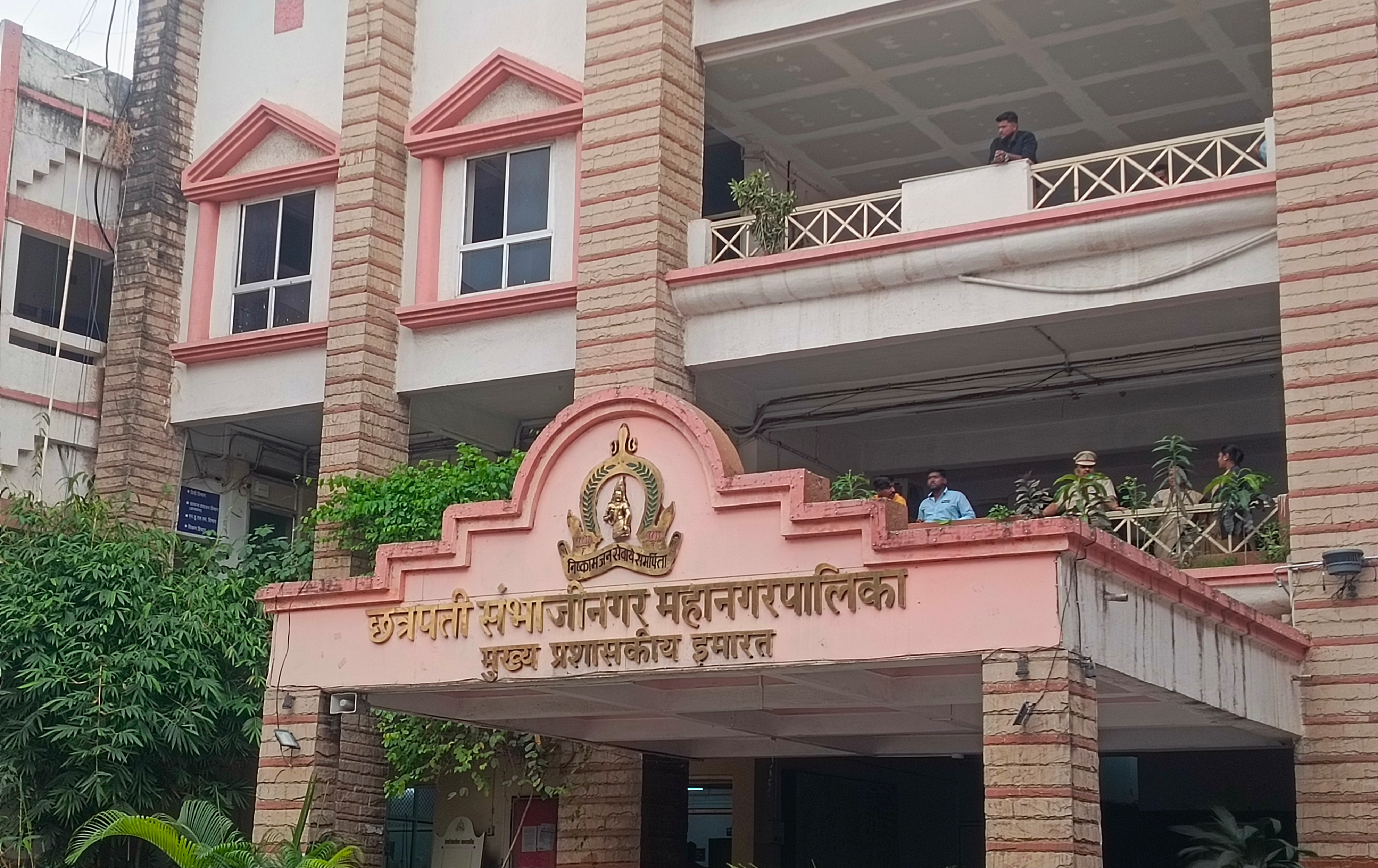

Khaḍkī was the original name of the village which was made a capital city by Malik Ambar, the Prime Minister of Murtaza Nizam Shah II, Sultan of Ahmednagar. Within a decade, Khaḍkī grew into a populous and imposing city. Malik Ambar died in 1626.He was succeeded by his son Fateh Khan, who changed the name of Khaḍkī to Fatehnagar.

Grushneshwar Jyotirlinga is a Hindu temple of Shiva in Verul village of Chatrapatri Sambhajinagar district, Maharashtra, India. It is one of the 12 Jyotirlinga mandirs. The mandir is a national protected site, one and a half kilometers away from the Ellora Caves, 30 kilometres (19 miles) north-west of the city Chatrapatri Sambhajinagar, and 300 kilometres (190 miles) east-northeast far from Mumbai. Grushneshwar is mentioned in Shiva Purana, Skanda Purana, the Ramayana and the Mahabharata.
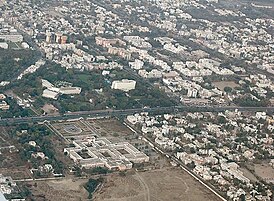
Established: in the year 1610
Area:141 km2 (54 sq mi)
Population: In Year 2011 1,175,116
Rank:India:32nd
Maharashtra:6th
Marathwada:1st
PIN:431001
STD-CODE:0240

Chhatrapati Sambhajinagar features a semiarid climate under the Köppen climate classification. Annual mean temperatures range from 17 to 33 °C, with the most comfortable time to visit in the winter – October to February. The highest maximum temperature ever recorded was 46 °C (115 °F) on 25 May 1905. The lowest recorded temperature was 2 °C (36 °F) on 2 February 1911. In the cold season, the district is sometimes affected by cold waves in association with the eastward passage of western disturbances across north India, when the minimum temperature may drop down to about 2 to 4 °C (36 to 39 °F)